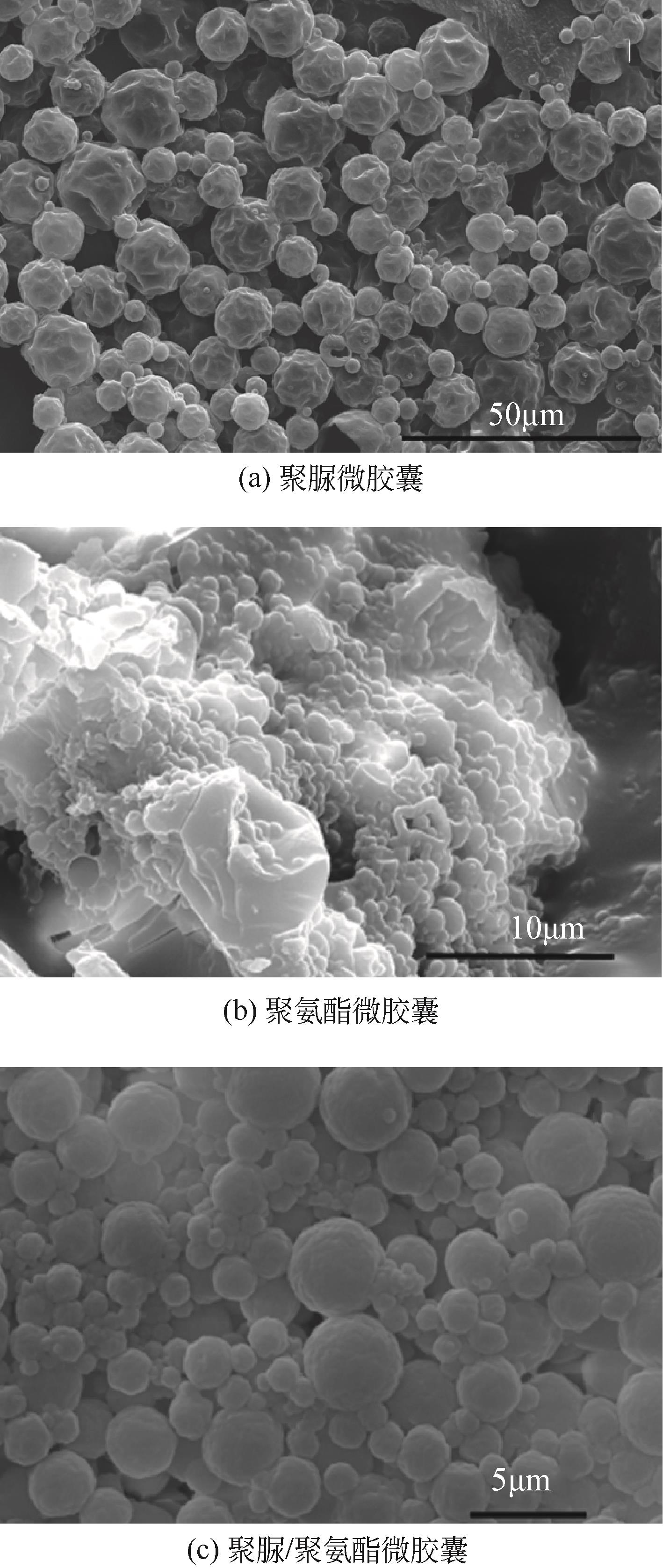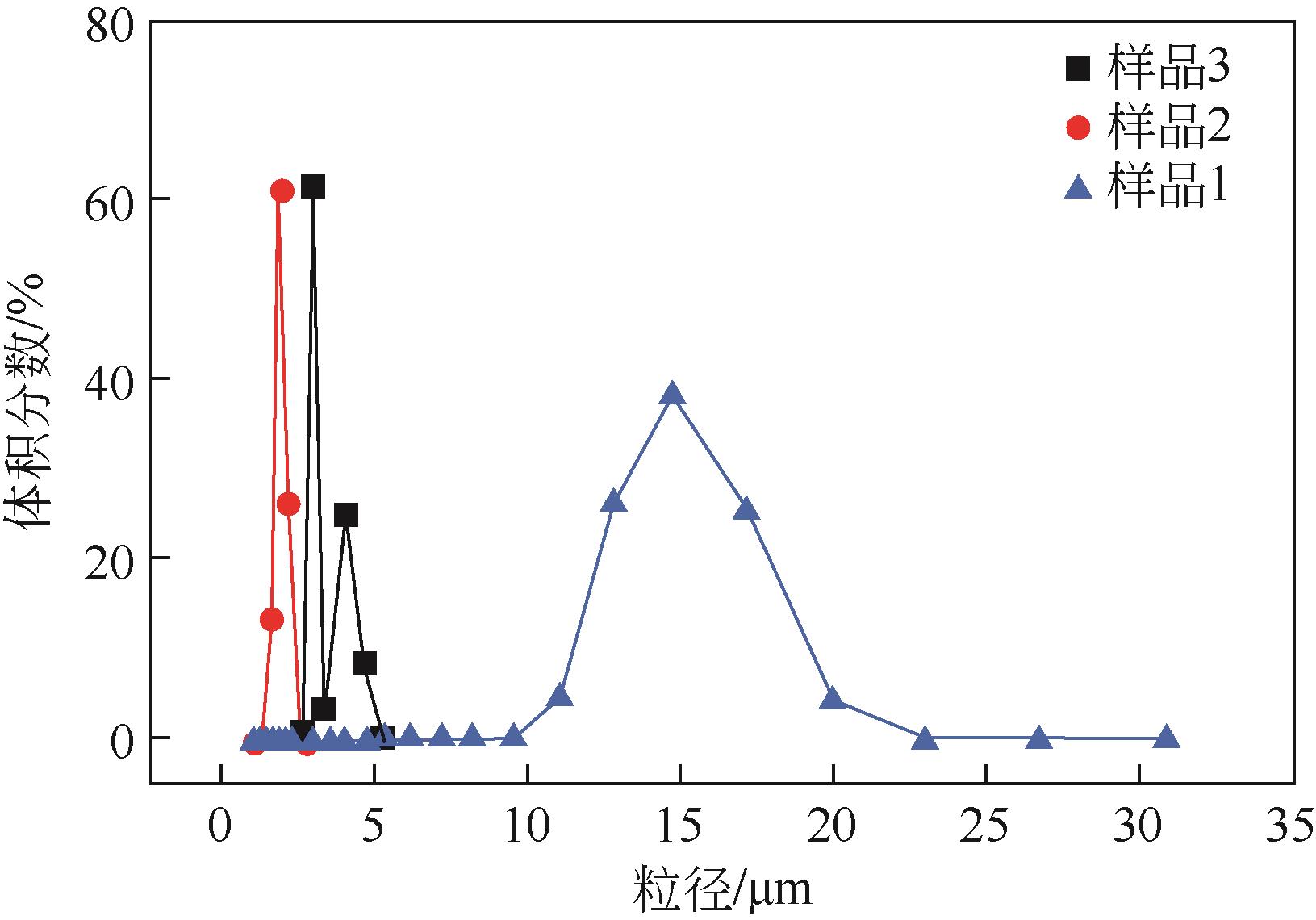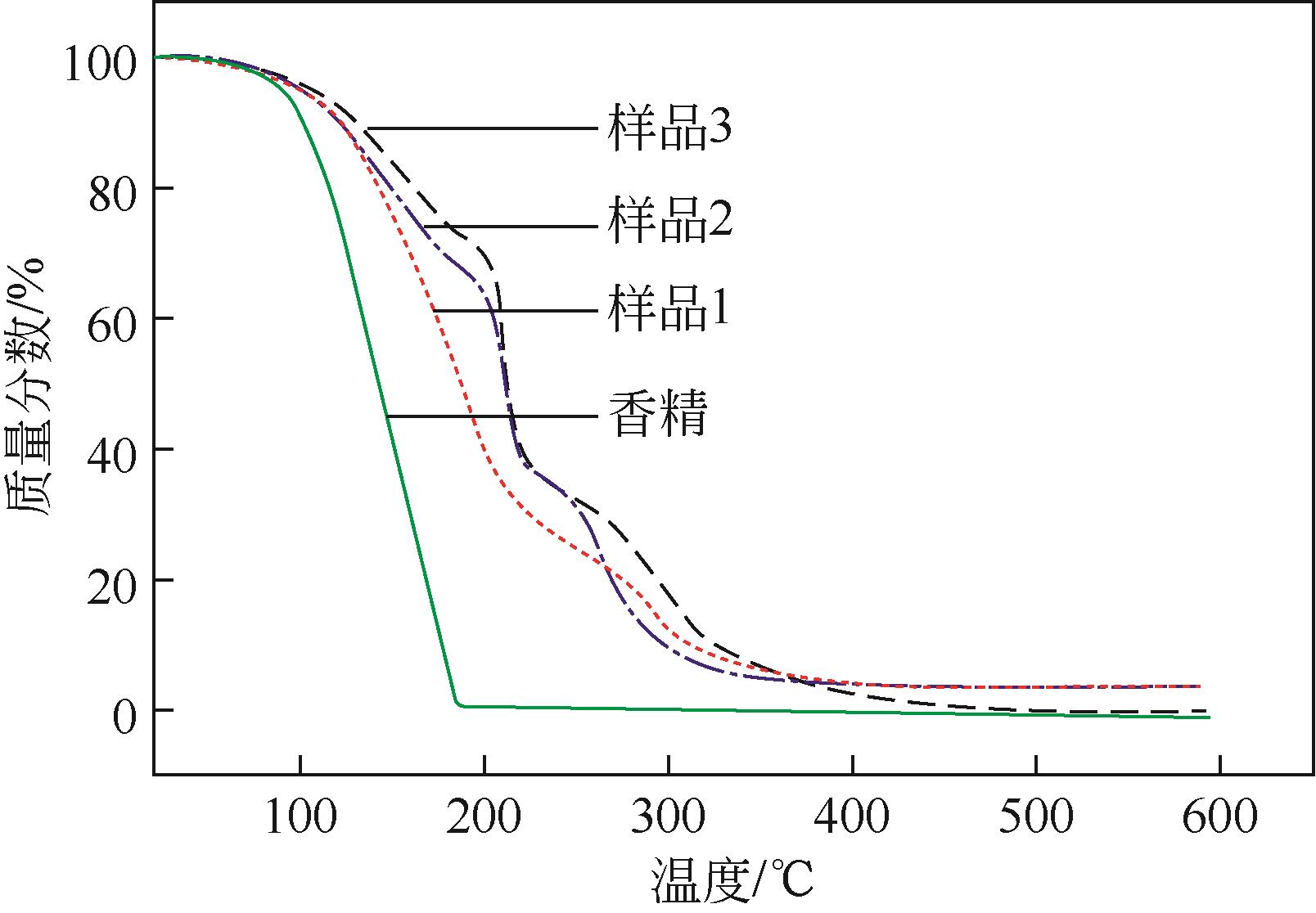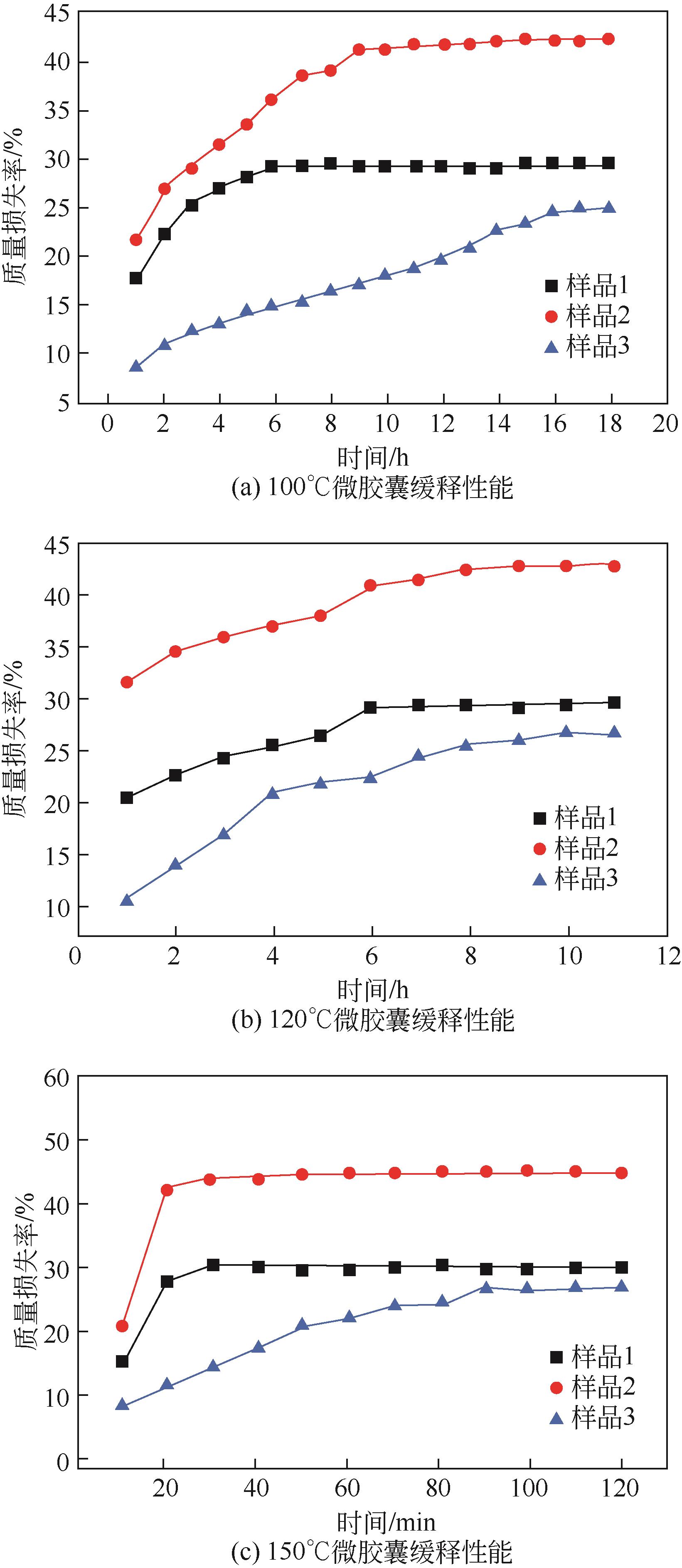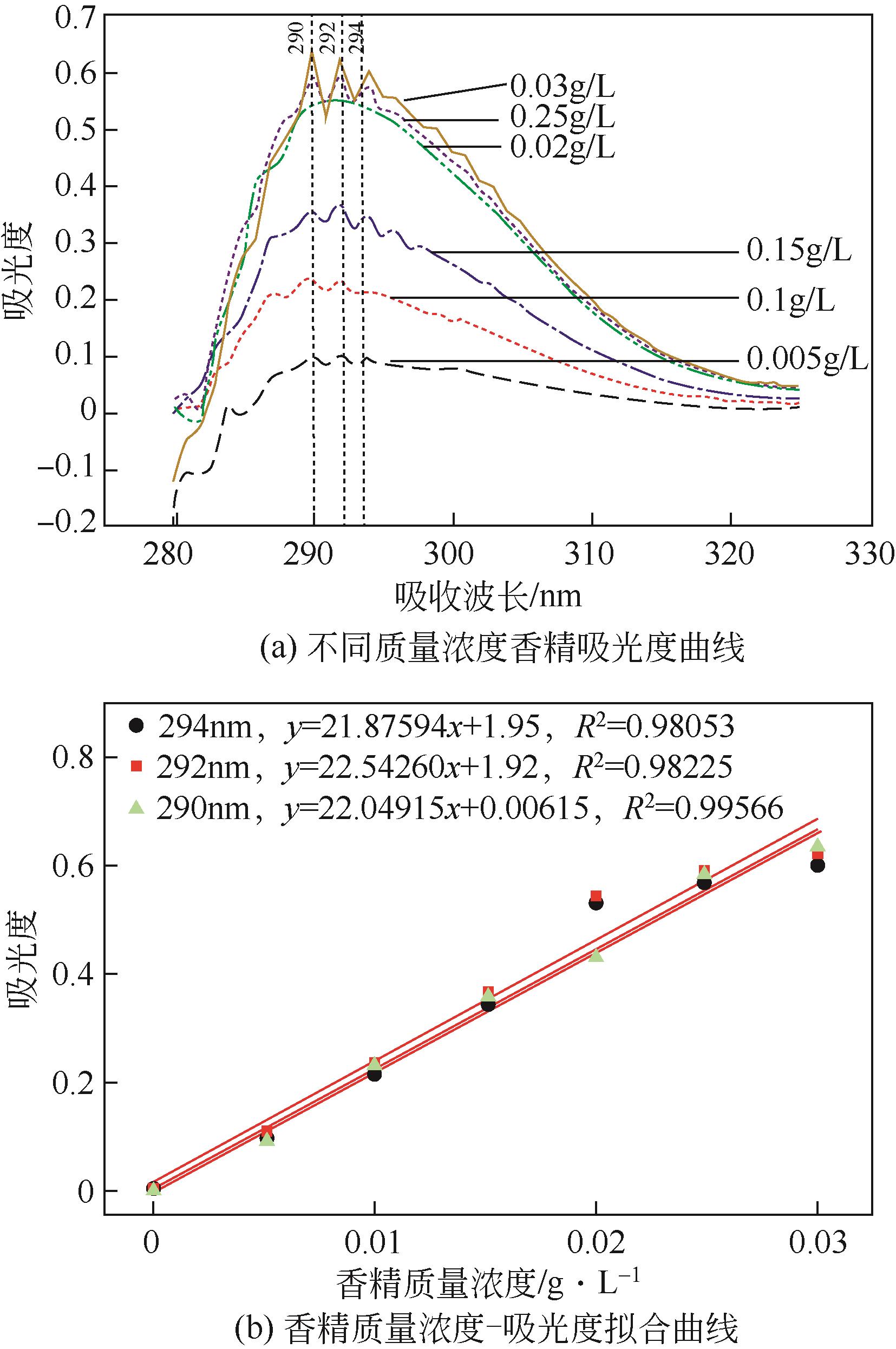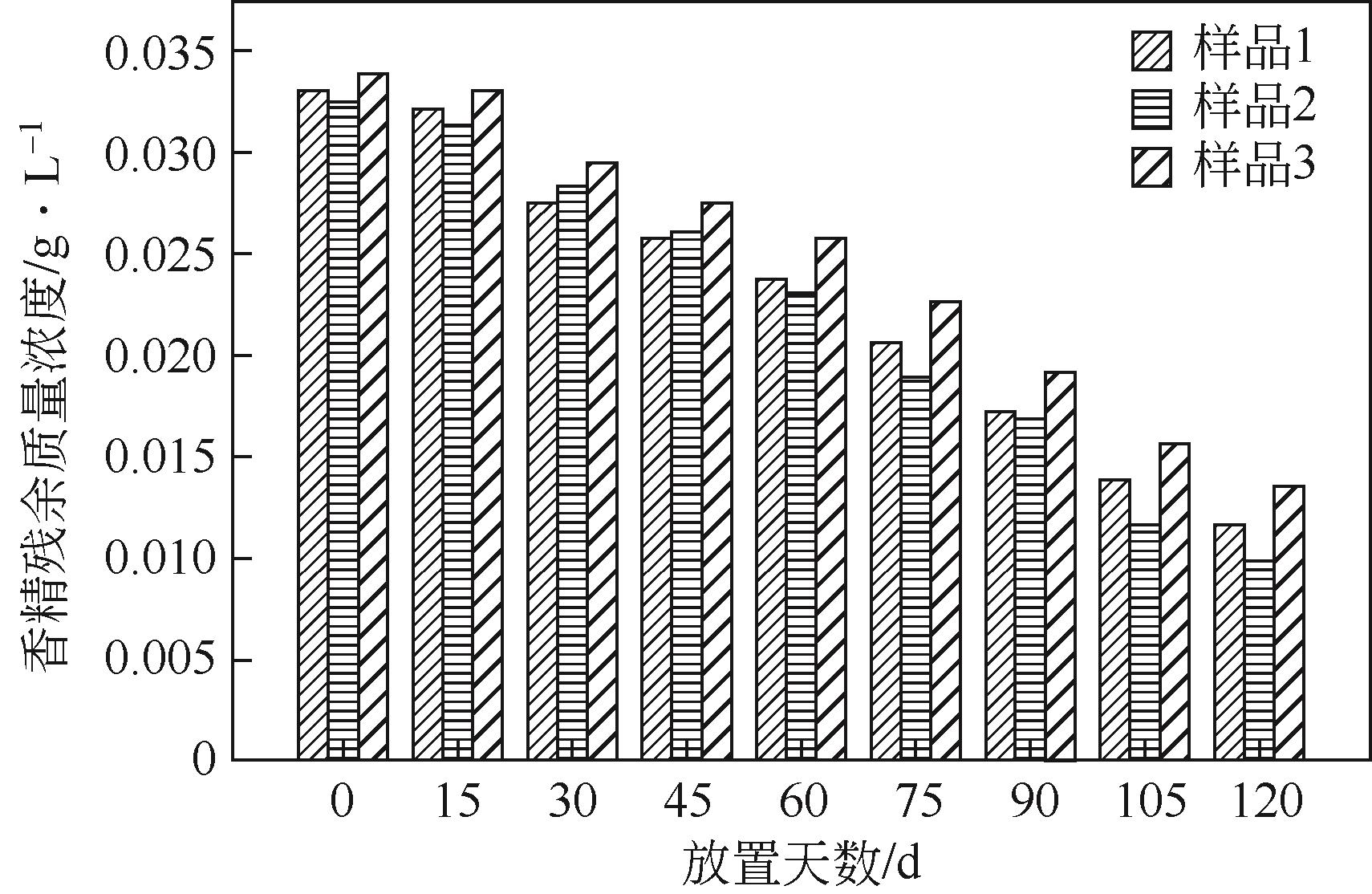| 1 |
HE Lei, HU Jing, DENG Weijun. Preparation and application of flavor and fragrance capsules[J]. Polymer Chemistry, 2018, 9(40): 4926-4946.
|
| 2 |
SINGH N, SHEIKH J. Microencapsulation and its application in production of functional textiles[J]. Indian Journal of Fibre and Textile Research, 2020, 45(4): 971-426.
|
| 3 |
RUBÉN O B C, FRANCESCA V A R, MATIACEVICH S B. Edible antimicrobial films based on microencapsulated lemongrass oil[J]. Journal of Food Science and Technology, 2016, 53(1): 832-839.
|
| 4 |
YINGNGAM B, KACHA W, RUNGSEEVIJITPRAPA W, et al. Response surface optimization of spray-dried citronella oil microcapsules with reduced volatility and irritation for cosmetic textile uses[J]. Powder Technology, 2019, 355: 372-385.
|
| 5 |
ZHANG Jinglin, LI Juan, WANG Juan, et al. Characterization of aroma-active compounds in Jasminum sambac concrete by aroma extract dilution analysis and odour activity value[J]. Flavour and Fragrance Journal, 2021, 36(2): 197-206.
|
| 6 |
LIU Xuan, HUANG Liyun, CHEN Huayan, et al. Pore size matching up: a novel insight into cotton textile aromatic finishing[J]. Flavour and Fragrance Journal, 2020, 35(2): 149-156.
|
| 7 |
MA Lin, LIN Qirong, LEI Dandan, et al. Preparation and properties of sandalwood essential oil microcapsules in detergents[J]. Chemical Engineering Transactions, 2018, 71: 7-12.
|
| 8 |
ARMAN KANDIRMAZ E, BIRTANE H, BEYLER CIGIL A, et al. pH-controlled lavender oil capsulation with ABA-type block copolymer and usage in paper coating[J]. Flavour and Fragrance Journal, 2020, 35(2): 174-181.
|
| 9 |
BISWAS D, CHAKRABARTI S K, SAHA S G, et al. Durable fragrance finishing on jute blended home-textiles by microencapsulated aroma oil[J]. Fibers and Polymers, 2015, 16(9): 1882-1889.
|
| 10 |
AMMAYAPPAN L, PAN N C, CHAKRABORTY S, et al. A study on durability of a fragrance finishing on jute fabric[J]. Journal of Natural Fibers, 2020, 17(11): 1630-1639.
|
| 11 |
WANG Shuo, ZHANG Wei, CHEN Yanfang, et al. The aromatic properties of polyurea-encapsulated lavender oil microcapsule and their application in cotton fabrics[J]. Journal of Nanoscience and Nanotechnology, 2019, 19(7): 4147-4153.
|
| 12 |
SOUZA J M, CALDAS A L, TOHIDI S D, et al. Properties and controlled release of chitosan microencapsulated limonene oil[J]. Revista Brasileira De Farmacognosia, 2014, 24(6): 691-698.
|
| 13 |
AZIZI N, ABDELKADER M BEN, CHEVALIER Y, et al. New β-cyclodextrin-based microcapsules for textiles uses[J]. Fibers and Polymers, 2019, 20(4): 683-689.
|
| 14 |
孙雪, 张蕊, 范方宇, 等. 复凝聚法制备西番莲果皮花色苷微胶囊及其性质分析[J]. 食品工业科技, 2021, 42(17): 187-193.
|
|
SUN Xue, ZHANG Rui, FAN Fangyu, et al. Preparation and properties of anthocyanin microcapsules from passiflora edulis rind by complex coacervation[J]. Science and Technology of Food Industry, 2021, 42(17): 187-193.
|
| 15 |
DEHABADI V A, BUSCHMANN H J, GUTMANN J S. A novel approach for fixation of β-cyclodextrin on cotton fabrics[J]. Journal of Inclusion Phenomena and Macrocyclic Chemistry, 2014, 79(3/4): 459-464.
|
| 16 |
张艺于, 王璐, CAMPAGNE C, 等. 基于β-环糊精包合技术的棉织物熏衣草芳香整理[J]. 纺织学报, 2008, 29(9): 94-97.
|
|
ZHANG Yiyu, WANG Lu, CAMPAGNE C, et al. Fragrant finishing of cotton fabric with lavender oil via β-cyclodextrin technology[J]. Journal of Textile Research, 2008, 29(9): 94-97.
|
| 17 |
XU Yong, WANG Liying, TONG Yujia, et al. Study on the preparation, characterization, and release behavior of carbosulfan/polyurethane microcapsules[J]. Journal of Applied Polymer Science, 2016, 133(35): 43844.
|
| 18 |
YANG Haijuan, MO Qiufeng, LI Weizhou, et al. Preparation and properties of self-healing and self-lubricating epoxy coatings with polyurethane microcapsules containing bifunctional linseed oil[J]. Polymers, 2019, 11(10): 1578.
|
| 19 |
申天伟, 陆少锋, 张晶, 等. 低黄变聚脲微胶囊相变材料的制备及性能表征[J]. 化工进展, 2017, 36(12): 4547-4553.
|
|
SHEN Tianwei, LU Shaofeng, ZHANG Jing, et al. Preparation and performance characterization of low-yellowing polyurea microcapsule phase change materials[J]. Chemical Industry and Engineering Progress, 2017, 36(12): 4547-4553.
|
| 20 |
梁博, 邵俊鹏, 杨帅, 等. 茶油微胶囊的制备及其缓释性能[J]. 精细化工, 2020, 37(12): 2541-2553.
|
|
LIANG Bo, SHAO Junpeng, YANG Shuai, et al. Preparation and slow release properties of camellia oil microcapsules[J]. Fine Chemicals, 2020, 37(12): 2541-2553.
|
| 21 |
HUANG Qizhang, GONG Sheng, HAN Wenqiang, et al. Preparation of TTO/UF resin microcapsule via in situ polymerisation and modelling of its slow release[J]. Journal of Microencapsulation, 2020, 37(4): 297-304.
|
| 22 |
HALAHLAH A, KAVETSOU E, PITTEROU I, et al. Synthesis and characterization of inclusion complexes of rosemary essential oil with various β-cyclodextrins and evaluation of their antibacterial activity against Staphylococcus aureus [J]. Journal of Drug Delivery Science and Technology, 2021, 65: 102660.
|
| 23 |
李孟轩, 王瑞, 刘星, 等. 老鹳草微胶囊复合织物的制备及其药物释放机制[J]. 纺织学报, 2018, 39(2): 138-143.
|
|
LI Mengxuan, WANG Rui, LIU Xing, et al. Preparation and slow-release mechanism of Geranium wilfordii Maxim microcapsules-loaded composite fabrics[J]. Journal of Textile Research, 2018, 39(2): 138-143.
|
 ), 陆少锋1,2(
), 陆少锋1,2( ), 师文钊1,2, 洪勋1,2, 姚东霞1,2, 张领1,2
), 师文钊1,2, 洪勋1,2, 姚东霞1,2, 张领1,2
 ), LU Shaofeng1,2(
), LU Shaofeng1,2( ), SHI Wenzhao1,2, HONG Xun1,2, YAO Dongxia1,2, ZHANG Ling1,2
), SHI Wenzhao1,2, HONG Xun1,2, YAO Dongxia1,2, ZHANG Ling1,2


